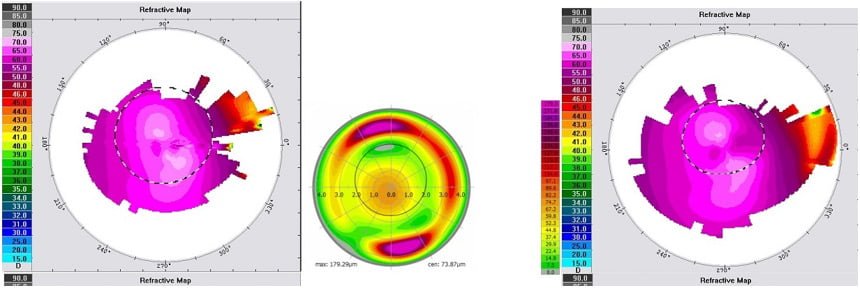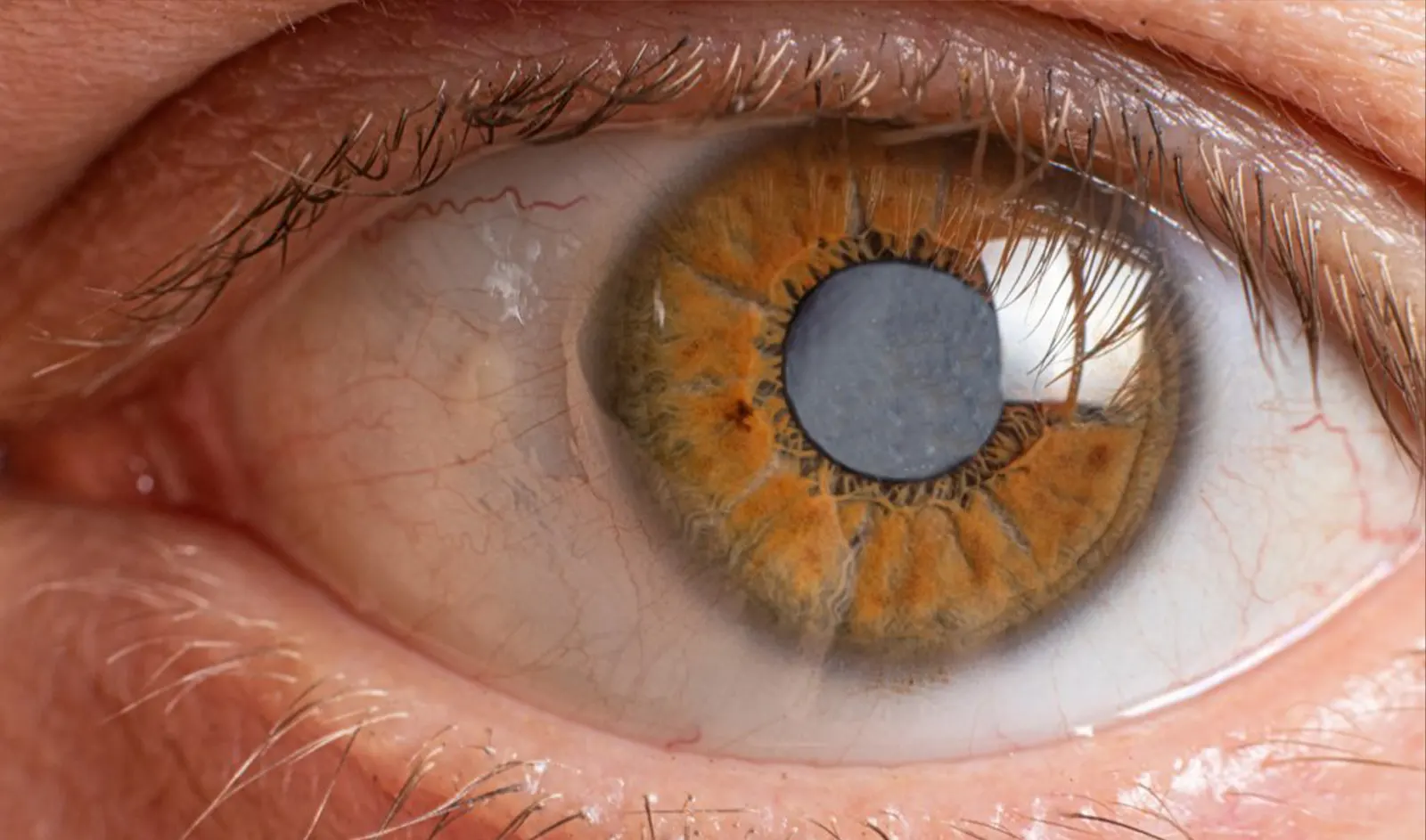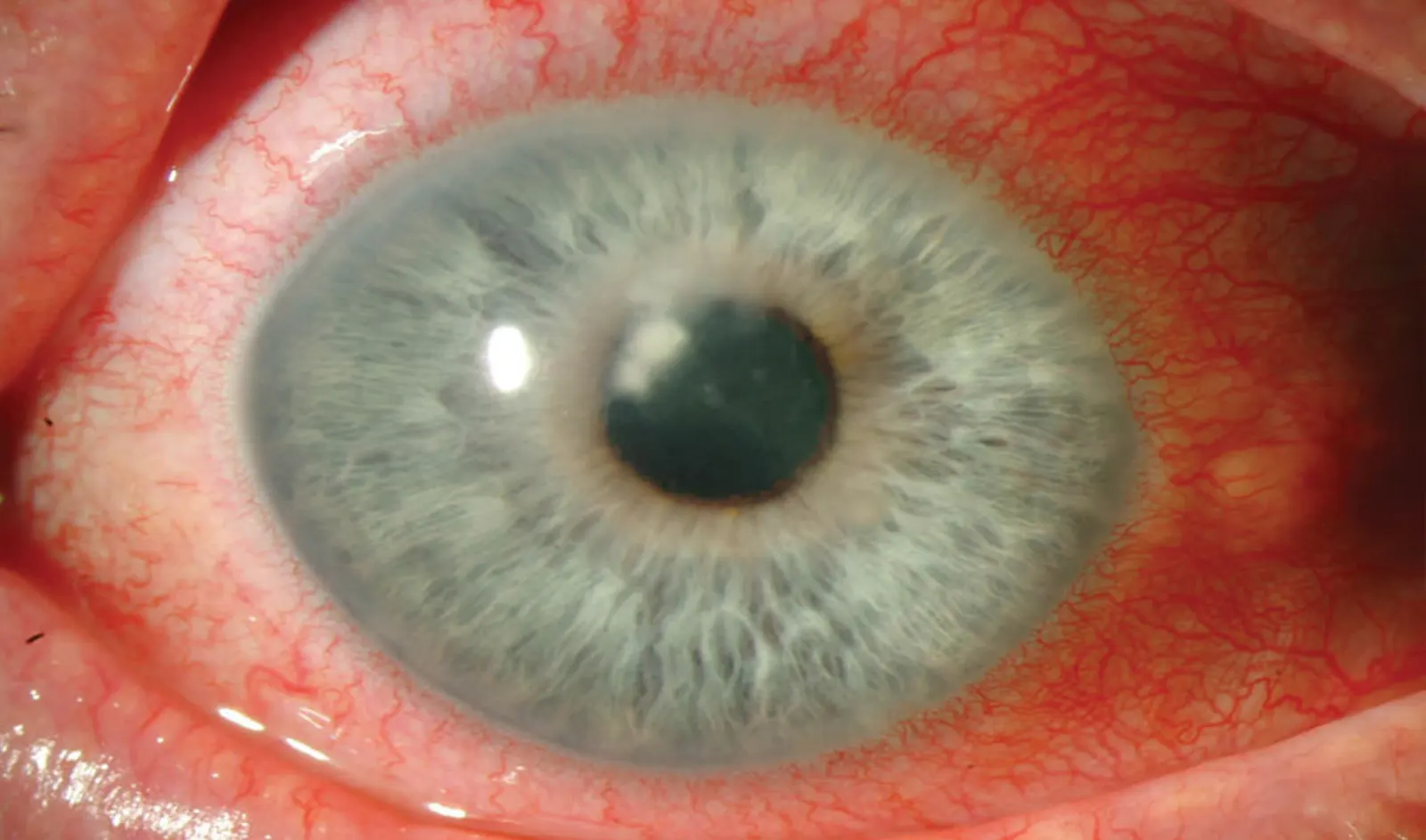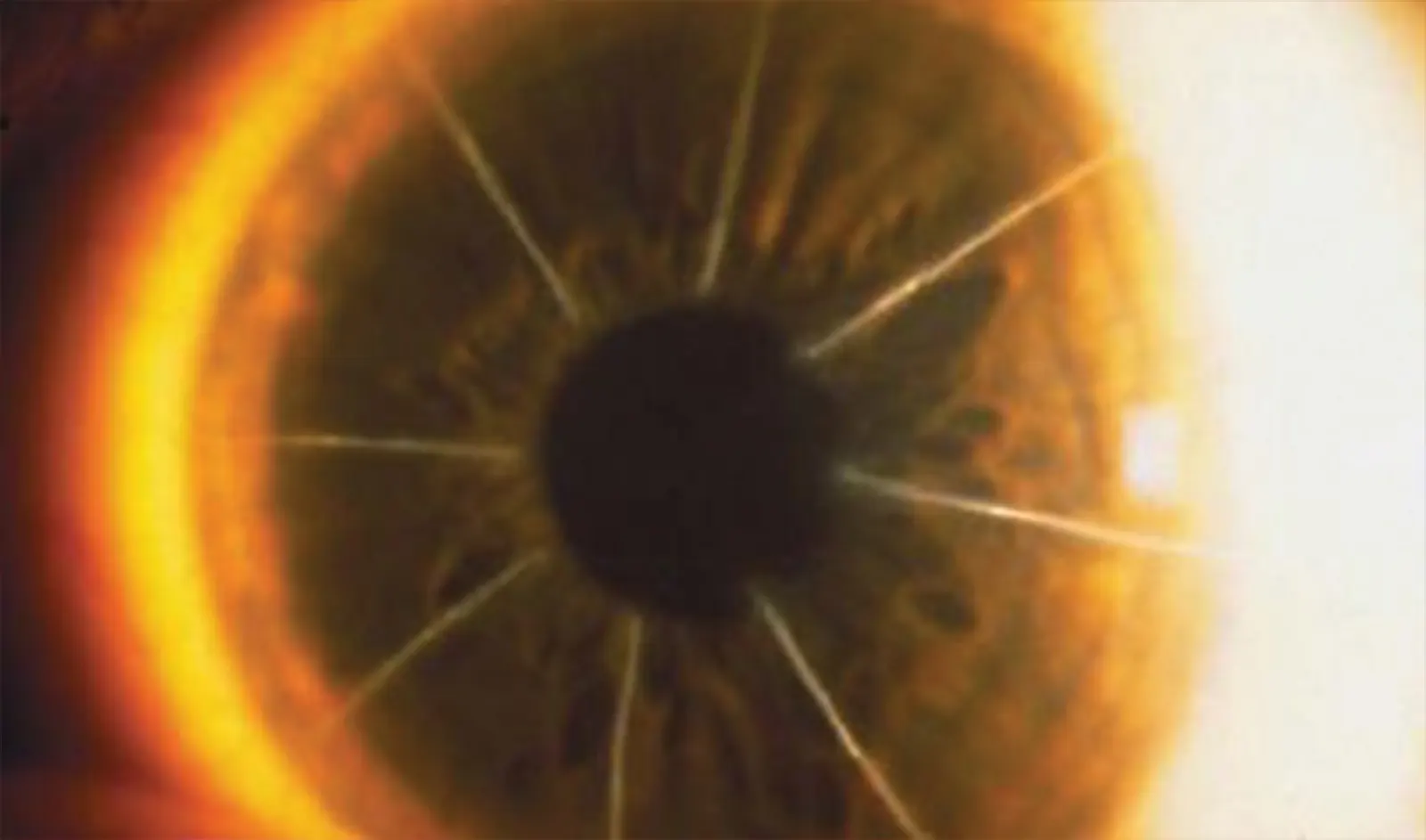The treatment of Keratoconus and other forms of corneal ectasia (corneal weakening causing bowing forward of the cornea) have traditionally been treated with different types of rigid contact and scleral lenses to help the vision, and if the ectasia continued to progress, with corneal transplant. The idea of directly strengthening the weakened cornea came from Theo Siler, M.D. one of the most brilliant minds in the ophthalmology world. In 2003 he created the Dresden Protocol, which saturated the cornea with Riboflavin, and then shone an ultraviolet light on it for a set amount of time and energy to create new bonds in between the corneal cells increasing the structural strength of the cornea. A. John Kanellopoulos, another brilliant mind in the field of ophthalmology, then combined Corneal Cross Linking with topographic guided ablation and called it the Athens Protocol. Topographic guided ablation would reduce the irregularity of the cornea, creating a more “normal” shape, and the corneal cross linking would help to strengthen the cornea after this was done. This normalization is used to create more uniform optical surface, allowing for the possibility of better optics, the ability to see more without glasses or contacts, and the use of a soft contact lens instead of a rigid one. This revolutionized the treatment of corneal ectasia, and now this treatment is the gold standard in the rest of the world for the treatment of keratoconus and other forms of corneal ectasia.
It is important to understand that the primary goal of this procedure is to PREVENT corneal transplant, and the secondary goal is to normalize the cornea in a way that soft contact lenses can be used, or in some cases even allow for vision without glasses or contacts. How much the eye(s) can be corrected depends on the amount of corneal tissue present, since the cornea gets thinner as the ectasia progresses.
Dr. Motwani expressly follows the Athens Protocol, and has learned his procedures directly from Dr. Kanellopoulos, who is considered the world expert on this procedure and has the most experience. Therefore, Dr. Motwani relies on Dr. Kanellopoulos’ experience to provide the most advanced, most stable possible procedures.
Topographic guided ablation and corneal cross linking are performed consecutively, on the same day one after the other. Since it is necessary to remove the surface epithelium to perform both, initial healing time is similar to a PRK, with the epithelium taking from 3-7 days to heal. It is common for patients to find themselves initially more nearsighted after the procedure, and contact lenses can be worn after the second week if necessary. The initial nearsightedness fades quickly over several weeks, and healing and improvement from the procedure occurs across 6-12 months.
This procedure works not only for keratoconus, but post-LASIK ectasia, pellucid marginal degeneration, or any other source of corneal ectasia. If corneal irregularity has occurred without corneal weakening or thinning, corneal cross linking may not be necessary, and only topographic guided laser correction may be necessary.
44 year old female, OD PRK, OD CORNEAL CROSSLINK
Preop Manifest: OD: -0.75-4.25×80 BCVA 20/20
T- Cat Treatment; OD: -0.00-1.50X088
6 month post op: OD: -0.25 D/S and 20/20

44 year old female, OS PRK, OS CORNEAL CROSSLINK
Preop Manifest: OS: -1.00-2.00X080 BCVA 20/20
T- Cat Treatment; OS: -1.50-0.75X094
6 month post op: OS: -0.75 D/S and 20/25 OU: 20/25

22 year old male, OD PRK, OD CORNEAL CROSSLINK
Preop: OD: -0.50-1.25X172 BCVA 20/20
T- Cat Treatment; OD: -0.00-1.50X008
Post OP 9 months refraction OD: plano 20/25


22 year old male, OS PRK, OS CORNEAL CROSSLINK
Preop Manifest: OS: -8.75-7.75X165 BCVA 20/60
T- Cat Treatment; OS: -0.00-2.00X158
Post OP 9 months; OS: -3.25-0.50 X106 20/70
OU vision: 20/25


20 year old male, OD CORNEAL CROSSLINK
Preop: OD: -10.00-4.75X029 20/80
Post OP 5 months refraction OD: -7.50-0.50X180 20/50


20 year old male, OS PRK, OS CORNEAL CROSSLINK
Preop: OS: -1.50-5.00X135 BCVA 20/40
T- Cat Treatment; OS: -0.00-2.00X160
Post OP 5 month OS Refraction: -4.50-1.25X016 20/50 OU: 20/50


24 year old male, OD PRK T-CAT REPAIR, OD CORNEAL CROSSLINK
Preop Manifest: OD: -7.50-3.25X015 BCVA 20/50
T- Cat Treatment; OD: -0.00-0.00X015
Post OP 2 months: -8.50, -1.00 x 180 20/40


24 year old male, OS PRK T-CAT REPAIR, OS CORNEAL CROSSLINK
Preop Manifest; OS: -3.50-2.75X160 BCVA 20/30
T- Cat Treatment; OS: -0.00-0.00X160
Post OP 2 months: plano and 20/30


31 year old female, OD PRK T-CAT, OD Corneal Crosslink
Pre-Op Manifest; OD: -3.50-1.25X030 BCVA 20/20
T-CAT Treatment; OD: -2.00-1.50X023
Post OP 10 month; OD: -1.50-1.00X035 and 20/20
OU vision without correction: 20/40


31 year old female, OS PRK T-CAT, OS Corneal Crosslink
Pre-Op Manifest; OS: -1.75-4.75X120 BCVA 20/30
T-CAT Treatment; OS: +0.00+0.00X102
Post OP 10 month; OS: -2.50-2.75X140 and 20/30
OU vision without correction: 20/40



Cataract Surgery is the most performed surgical procedure in the United States, and has a phenomenal track record for improving…
Read More
The treatment of trauma with topographic-guided ablation depends on the level of scarring caused by the trauma, the position of…
Read More
In the dynamic world of eye care, keratoconus treatment has become a focal point due to the condition’s impact on…
Read More